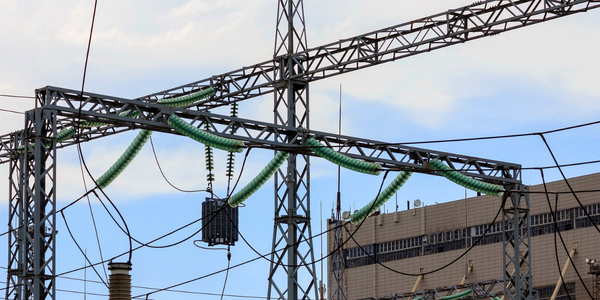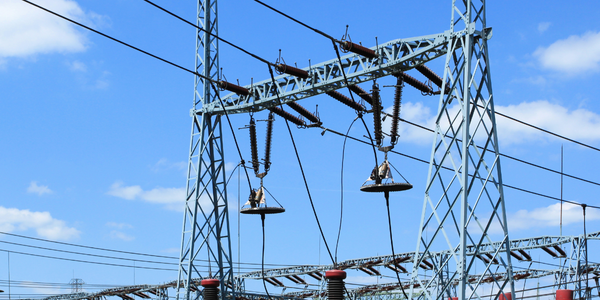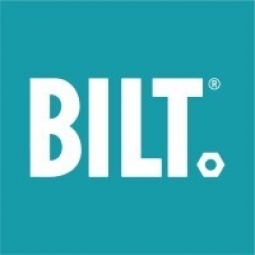Technology Category
- Actuators - Electrical Actuators
- Sensors - Electrical Conductivity Sensors
Applicable Industries
- Education
- Electrical Grids
Applicable Functions
- Logistics & Transportation
- Sales & Marketing
Use Cases
- Virtual Reality
- Virtual Training
Services
- System Integration
- Training
About The Customer
The customers in this case study are the electrical distributors and contractors who are the end-users of Siemens' products. These customers were facing challenges due to the global supply chain disruption caused by the Covid-19 pandemic, which resulted in longer lead times on fully assembled goods. They needed a faster, cheaper way to get products to their customers. The distributors were already assembling Siemens products using paper manuals, a process that was time-consuming and required multiple employees. The contractors, on the other hand, were participating in a competition where they had to install a large distribution panel. They were provided with traditional paper instructions, which were not as efficient or user-friendly as digital instructions.
The Challenge
Siemens was facing a significant challenge in bridging the growing skills gap in the manufacturing industry. According to a Deloitte study, 77% of manufacturers were anticipating difficulties in attracting and retaining workers, with an estimated 2.1 million jobs expected to remain unfilled by 2030. Siemens was actively seeking innovative solutions to expedite training and reskilling. The company was particularly focused on providing resources for electrical apprentices, electrical contractors, and distributors through Siemens University, the SIschool program, and VR training initiatives. However, the traditional channels of delivering this content, such as classroom instruction, textbooks, videos, and virtual reality, were not sufficient. The Covid-19 pandemic further complicated the situation by disrupting the global supply chain, leading to longer lead times on fully assembled goods. Distributors needed a faster, cheaper way to get products to their customers.
The Solution
Siemens partnered with BILT to provide a portable training platform for distributors and contractors. This innovative solution enabled knowledge transfer and mobility by integrating training into users’ phones. Siemens responded to the supply chain disruption by providing distributors with multiple components instead of fully assembled products. Distributors could then assemble these components according to customers’ varying needs. BILT's digital work instructions significantly shortened the assembly time, allowing a single employee to complete the job alone. This approach more than doubled efficiency for the install. Siemens also provided 3D instructions powered by the BILT app at the IDEAL National Championship, a competition featuring teams of electricians. The next generation of electricians, who are digital natives accustomed to instant access to information, greatly benefited from this approach.
Operational Impact
Quantitative Benefit

Case Study missing?
Start adding your own!
Register with your work email and create a new case study profile for your business.
Related Case Studies.

Case Study
Hydro One Leads the Way In Smart Meter Development
In 2010, Ontario’s energy board mandated that time-of-use (TOU) pricing for consumers be available for all consumers on a regulated price plan. To meet this requirement, Hydro One needed to quickly deploy a smart meter and intelligent communications network solution to meet the provincial government’s requirement at a low cost. The network needed to cover Hydro One’s expansive service territory, which has a land mass twice the size of Texas, and its customers live in a mix of urban, rural, and remote areas, some places only accessible by air, rail, boat or snowmobile. Most importantly, the network needed to enable future enterprise-wide business efficiencies, modernization of distribution infrastructure and enhanced customer service. To meet these needs, Hydro One conceptualized an end-to-end solution leveraging open standards and Internet Protocols (IP) at all communication levels. The utility drew upon industry leaders like Trilliant to realize this vision.

Case Study
Selling more with Whirlpool
Whirlpool wanted to add connectivity to appliances and transform the company's relationship with customers. Traditionally, Whirlpool interaction with customers was limited to purchases made once every ten years. Connected washer and dryers provide exciting new features like remote management of start times and inter-machine communication.

Case Study
SAS® Analytics for IoT: Smart Grid
Companies face falling revenues, rising infrastructure costs, and increasing risk of outages caused by inconsistent energy production from renewable sources. Less money is coming in as more people and organizations take steps to curb their energy use. Utilities are paying more to maintain and build infrastructure due to increasing complexity, resulting from the rising number of intermittent and variable renewable energy sources connected in the distribution grid.

Case Study
Enel Secures Italian Power Generation Network
Electric energy operators around the world are working to increase the reliability and cyber resiliency of their systems. This includes Enel, a global power company that manages and monitors the Italian power grid. This grid:• Serves 31 million customers• Has a net installed energy capacity exceeding 31 gigawatts• Includes more than 500 power generation plants,including hydroelectric, thermoelectric, and wind• Is managed and monitored by Enel 24/7/365• Is operated by Terna, the Italian Transmission System Operator (TSO)Enel is responsible for the availability of the grid’s underlying ICS and industrial network. It also manages Regional Control Centers and Interconnection Centers which connect with the TSO. The TSO manages the flow of energy to the grid plus controls and remotely regulates the power generation of power plants, increasing and decreasing power production as required. The complex system of interaction and cooperation between Enel and the TSO has strong security implications as well as operational and business challenges.

Case Study
IoT based Energy Quality Availability Monitoring Solution
There were several challenges faced:Since this data would be in the public domain, accuracy and authenticity of this data were of paramount importance. It should be able to withstand scrutiny.It is challenging to build an appliance that can withstand a wide range of voltage fluctuations from as low at 90v to as high as 320v. Since the device would be installed in remote locations, its resilience was of paramount importance.The device would have to deal with poor network coverage and have the ability to store and re-transmit data if networks were not available, which is often the case in rural India. The device could store up to 30 days of data.The platform that deals with the data should be readily available and highly reliable and never lose a packet of data.

Case Study
Hydro Utility Builds Foundation for Powerful Efficiencies and Protection
As the main British Columbia electric distributor, BC Hydro provides 1.9 million residential, commercial, and industrial customers with energy. The hydro utility transformed to a digital business with Cisco connected networking, security, and smart grid solutions. • Deliver reliable, high-quality services • Enable remote automation and monitoring • Connect applications over a common networking infrastructure



